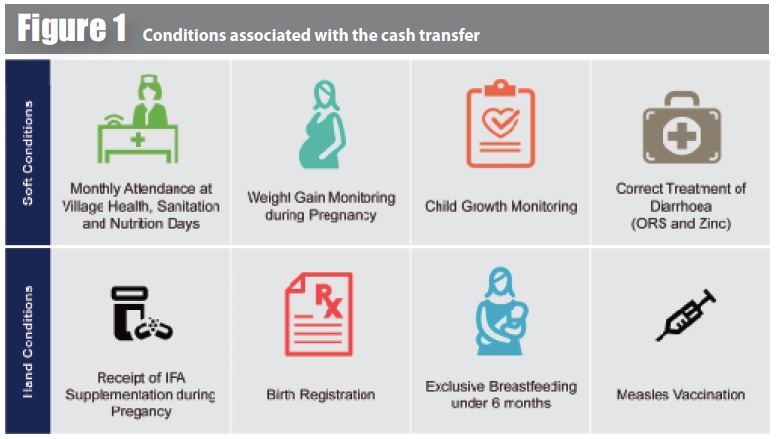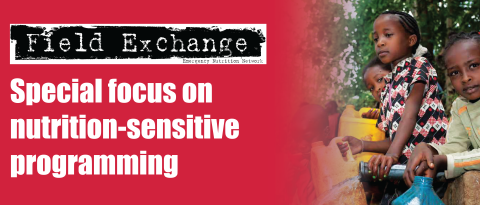Nutrition and social protection
 In recent years, social protection has increasingly gained attention as a powerful tool in the battle against poverty and inequality; social protection instruments are frequently adopted to enable populations to better adapt to the shocks and stresses of economic challenges and climate change. With malnutrition an urgent global challenge, agriculture and social protection both need to contribute to addressing the underlying key determinants of malnutrition, as well as apply principles that are specifically designed to improve nutrition outcomes.
In recent years, social protection has increasingly gained attention as a powerful tool in the battle against poverty and inequality; social protection instruments are frequently adopted to enable populations to better adapt to the shocks and stresses of economic challenges and climate change. With malnutrition an urgent global challenge, agriculture and social protection both need to contribute to addressing the underlying key determinants of malnutrition, as well as apply principles that are specifically designed to improve nutrition outcomes.
A recent FAO report, ‘Nutrition and Social Protection’, discusses the main linkages and synergies between social protection and nutrition within an agricultural context. It identifies possible ways of using synergies to ensure greater positive impact of social protection measures on nutritional outcomes. It is the result of a collaborative effort between the Nutrition Division (ESN) and the Social Protection Division (ESP) of the Food and Agricultural Organisation (FAO) and is part of FAO’s broader efforts to mainstream nutrition in all key aspects of programme of work. The report is written for policy makers and project managers working on areas related to nutrition and social protection. Building on the conceptual framework of malnutrition and the broad definition of social protection, it aims to provide practical and operational suggestions to enhance the nutritional impact of social protection policies and programmes.
The report highlights the principles in making social protection interventions nutrition-sensitive and identifies concrete actions that programme designers and implementers can consider in designing their interventions and programmes to fully exploit synergies. It describes how various social protection instruments, such as food, cash and asset transfers and public works programmes, can have positive impacts on diets, income, health and care and so tackle multiple causes of malnutrition.
Social protection holds immense potential for improving nutrition sustainably. By lifting people out of poverty and enhancing access to a greater quantity and diversity of food as well as health, sanitation and education, it addresses a range of basic, underlying and immediate causes of malnutrition. However, social protection needs to be part of a carefully targeted, multi-sectoral approach tailored to reach the most vulnerable and embedded in the broader agricultural and rural development agenda to ensure coverage of the poorest, most disadvantaged and marginalised populations. Such integration requires institutional mechanisms within and across relevant sectors – social protection, health, agriculture, education, labour, trade, environment, consumer affairs and planning, among others – at all levels, to facilitate policy coordination and coherence. Civil society organisations and research institutions involvement help ensure that policy and programme designs are context-specific and confer ownership on beneficiaries.
The authors conclude that scaling up and sustaining social protection can be financially challenging; projects and programmes must last long enough to effect enduring, positive impacts on food security and nutrition. The current political environment is increasingly favourable to expanding the agenda on social protection. In order to carry this momentum forward, it is essential to encourage long-term investments and build strategic partnerships within and among nations – primarily through exchange of experiences and good practices – and to enhance institutional capacities in making social protection nutrition-sensitive.
Access the report at: Food and Agriculture Organisation (2015). Nutrition and social protection. FAO: Rome.


